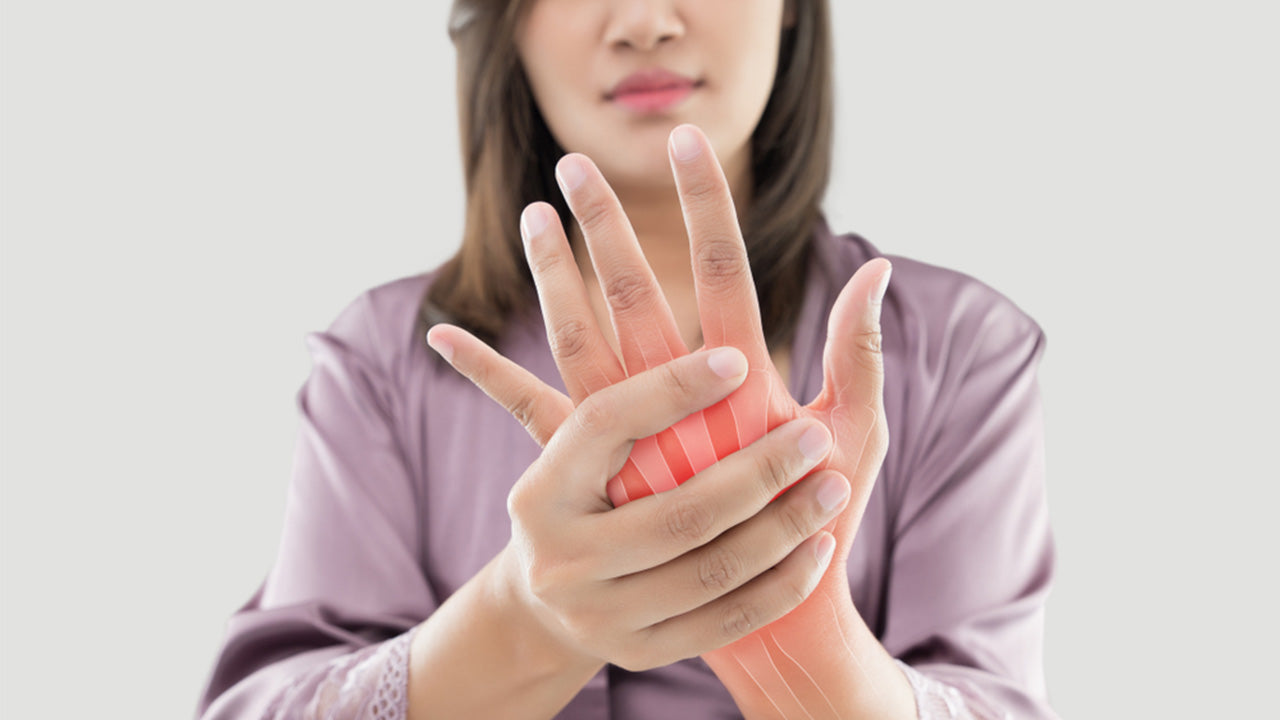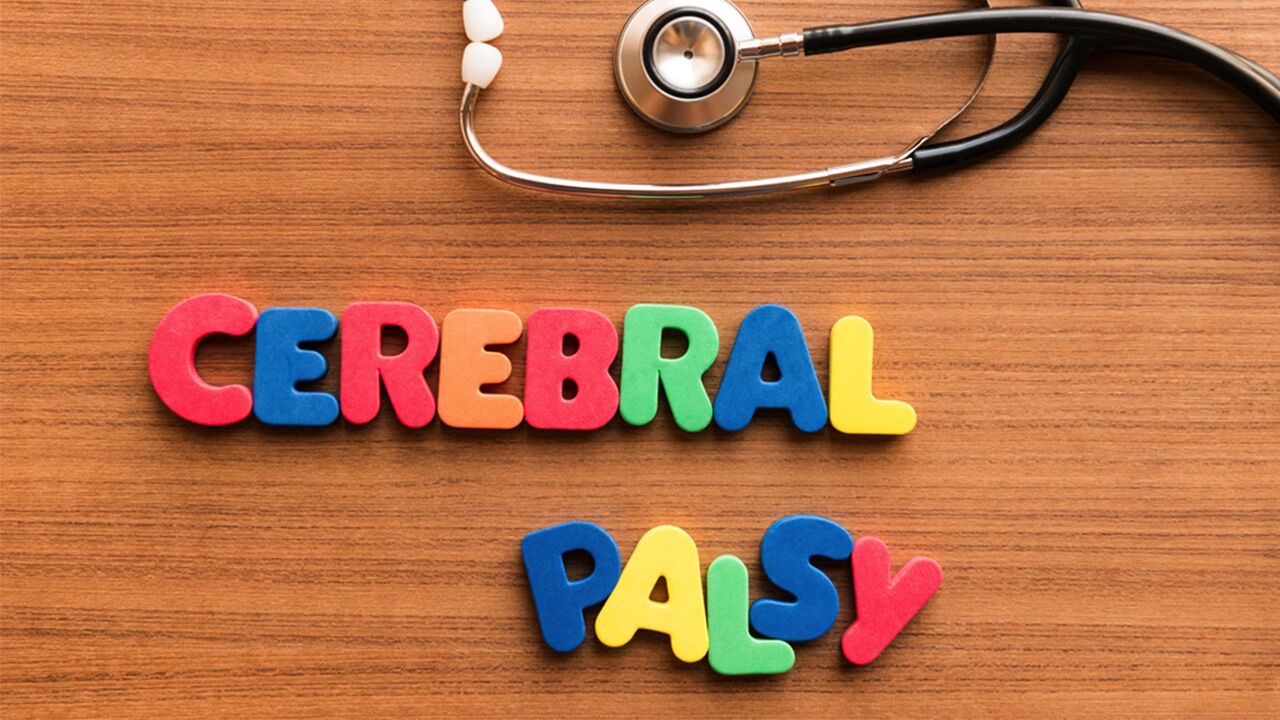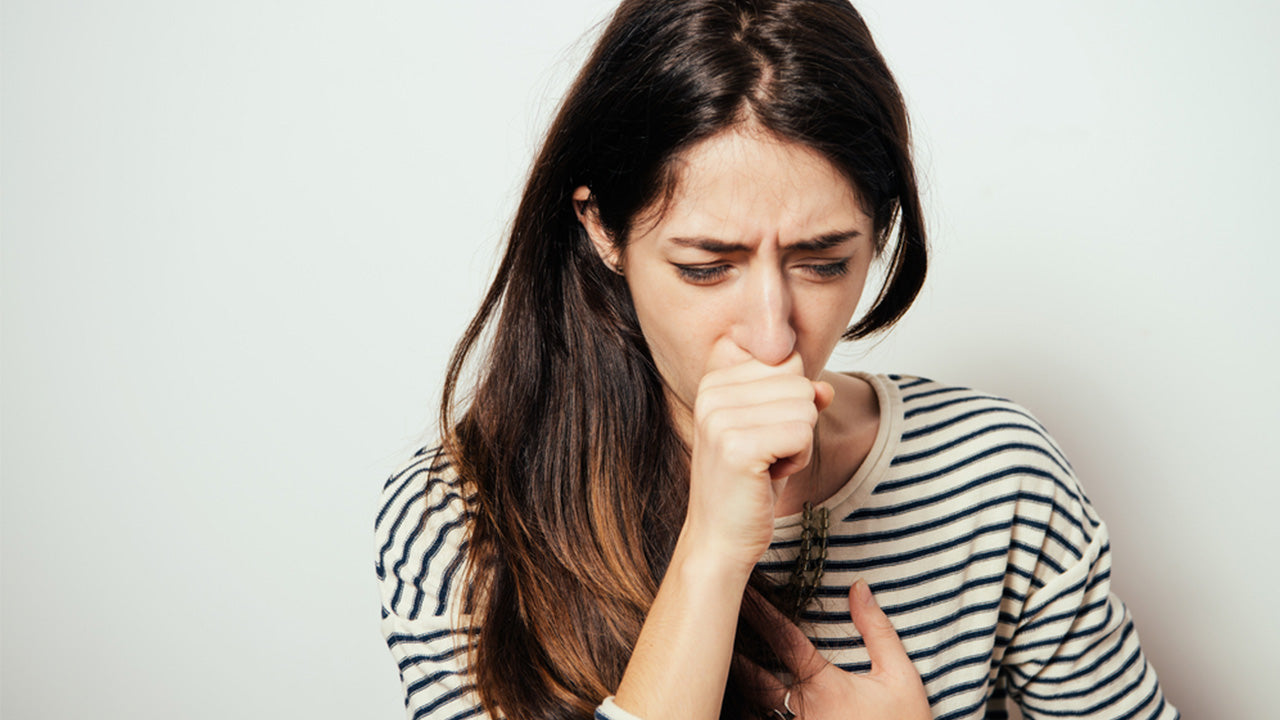Rheumatoid Arthritis Home Remedies: 12 Natural Remedies for Pain Relief
 By: by Amino Science
By: by Amino Science

Rheumatoid arthritis (RA) is a disorder of the immune system characterized by excessive inflammation and pain in the body's joints. While doctors may prescribe medication to help manage the condition and relieve arthritis pain, some RA symptoms will persist. If you're looking for rheumatoid arthritis home remedies you can employ yourself—whether they be exercises, supplements, or care devices—this article has a variety of proven therapies that may help relieve your pain.
The Top 12 Rheumatoid Arthritis Home Remedies
While these at-home remedies may not be cures, and most certainly cannot replace your doctor's advice and guidance, they are nevertheless some natural remedies for rheumatoid arthritis you can try on your own to relieve RA's side effects of stiffness, pain, and discomfort. Some will be simple, like using heating pads and ice packs, while some will involve assistance from others, like acupuncture. If you have any questions about whether these home remedies are appropriate for your circumstances, ask your doctor before trying them, and once you get the go-ahead, find the treatment that works best for you.

1. Heat and Cold Applications
Heat and cold treatments can both help ease the symptoms of rheumatoid arthritis, though each one offers unique benefits.
- Cold compress: Applying an ice pack or other form of cold compress to the affected joint during an RA flare-up can help curb inflammation and joint swelling. It's recommended that you apply cold for about 15 minutes at a time, taking a 30-minute break in between applications.
- Heating pad: Heat relaxes your muscles and encourages blood flow to the affected area. By using either a warm, damp towel or a moist heating pad you can avoid any burns that might come from applying heat directly to the skin. A hot shower or warm bath can also act as heat therapy, but it's recommended that you avoid hot tubs or spas in instances of heart disease, high blood pressure, or pregnancy.
2. Magnet Therapy
Magnet therapies can be found in a variety of forms, from bracelets (designed as home remedies for rheumatoid arthritis in hands) to necklaces, inserts, pads, and disks. They're often available for purchase at natural food stores. While a lot of the data on the effectiveness of magnetic therapy is inconclusive and difficult to test for objectivity, it's nevertheless a therapy you could evaluate on your own to see if it works for you.
3. Acupuncture
Acupuncture is a form of traditional Chinese medicine that is one of the oldest natural pain therapies on record. In acupuncture, super-fine needles are used to stimulate your body along energy pathways known as meridians, with the goal to balance your energy or qi (pronounced “chee”). Acupuncture has been shown to be a beneficial rheumatoid arthritis treatment, and has also been found to help alleviate other chronic pain conditions like back pain and osteoarthritis. If you're considering this course of treatment, ask your rheumatologist to recommend a trusted practitioner who has worked with RA patients before.
4. Aromatherapy
While this treatment won't influence your pain levels or causes of inflammation, it may still improve your mood and your stress levels. Your sense of smell is linked deeply with your mood and memory, and some people have found that essential oil therapy and massage improve their feelings of well-being.
5. Biofeedback Training
Biofeedback training involves placing sensors over the patient's body to monitor the physiological data regarding automatic responses, like your blood pressure and heart rate. This monitoring is done so that a therapist can help train the patient to acquire voluntary control over these functions, and has shown positive application in rheumatoid arthritis treatment.
Biofeedback treatment may include use of one or more of these measuring devices:
- A galvanic skin response meter: For measuring eccrine sweat gland activity.
- A thermistor: Used to measure peripheral skin temperature.
- Electrocardiograms or photoplethysmographs: Meant to measure peripheral heart rate, blood flow, and heart rate variability.
- Electromyogram (SEMG): For measuring surface neuromuscular responses.
- A respiratory gauge: Used in measuring breathing patterns, breathing rate, and expired carbon dioxide.
- Electroencephalography (EEG): Used to measure the electrical activity of the cerebral cortex.
Biofeedback is considered a self-regulatory therapy because it is a tool to increase your awareness of your individual physiological responses in order to change them, reducing symptoms or improving performance as needed in reaction to stressors.
6. Deep Breathing and Yoga
Deep breathing techniques involve taking slow breaths from the depths of your belly, and can help calm your body, relax your muscles, and turn off certain stress receptors. Deep breathing is often a focal point in the practice of yoga, a low-impact exercise method with spiritual roots that was developed in India over 5,000 years ago. Yoga can help ease joint pain, increase flexibility, and release tension in patients with rheumatoid arthritis. If you're seeking a yoga instructor, try to find someone with experience in guiding people with RA.
7. Exercise
Other types of exercise can help relieve symptoms of rheumatoid arthritis and increase your joint health. Your doctor may be able to recommend a physical therapist to get your body into a fit enough condition to take on some of the following exercises if you think they might help improve your quality of life. Your physical therapist may recommend:
- Aerobics: Activities like walking, running, and swimming increase your cardiovascular capabilities and health.
- Strength training: Strength training helps to keep the muscles surrounding your joints strong.
- Range-of-motion exercises: These exercises help to train your joints to move as they should.
- Balance moves: Balance training helps you avoid dangerous stumbles and falls (see the next entry on tai chi for more information).
To help support your workout regimen, consider supplementing with Perform, an athletic performance blend of essential amino acids that helps boost endurance, strength, and focus.
8. Tai Chi
Tai chi is another ancient Chinese tradition that can serve to increase your balance and strength. Tai chi involves performing slow, deliberate movements in a focused manner, and, like yoga, also includes deep breathing techniques and holding various physical postures. Tai chi is a gentle martial art that teaches you to use your own bodyweight and connection to the earth to increase your strength, and has been shown to help with lower extremity mobility in RA patients, so it's particularly good to include in home remedies for rheumatoid arthritis in knees or ankles.
9. Massage
Massage is another incredibly old and reliable natural remedy, and modern science still acknowledges that it can help ease pain, especially for patients with rheumatoid arthritis. Massage and reflexology have been shown to help manage RA pain and fatigue in patients, and you should be able to get recommendations on a qualified masseuse from your doctor or your physical therapist.
10. Fish Oil Supplements
Studies have shown that fish oil supplements may help reduce pain and joint stiffness caused by rheumatoid arthritis. Be sure to consult with your doctor before adding fish oil supplements to your regimen because they could interfere with certain medications and increase the likelihood of bleeding or bruising. The only other side effects some people report are belching, nausea, or a fishy taste in their mouth. If you do choose to try fish oil supplements, know that they contain valuable omega-3 fatty acids that will also improve your body's fatty acids ratio.
11. Topical Gels, Creams, and Patches
At-home remedies like rubs, heat patches, and warming creams can help alleviate your pain without the need for pharmaceuticals. Many of these products contain capsaicin, the ingredient that makes your chili peppers hot and that studies show can help ease RA pain. However, it's not recommended to use these products along with an electric heating pad, as doing so could make burns more likely to occur.
12. Turmeric
Turmeric and its derivative curcumin are natural anti-inflammatory compounds. Turmeric is a golden spice often found in Indian and Indonesian cuisine, as well as in many supplements aiming to reduce inflammation and ease pain without use of nonsteroidal anti-inflammatory drugs (NSAIDs). This traditional medicine has been shown to block proteins that cause inflammation and is commonly used to treat RA.
A quick warning: while some supplements and natural remedies can truly help your condition, a lot of supplemental research is still in the early stages. These natural aids may affect other medications. Check with your doctor before taking even perfectly natural supplements to be sure they are safe for you.
Rheumatoid Arthritis Home Treatments
If you're looking for RA or arthritis home remedies, there are many safe and effective options to choose from. If you have concern, doubt, or hesitation about these or other natural remedies, contact your rheumatologist, as any expert in the field will have a comprehensive awareness of these practices and supplements. Once you're cleared to explore at-home options, you may well find the pain-free solution you're looking for!

Up to 25% off Amino
Shop NowTAGS: conditions natural cures
Join the Community
Comments (0)
Most Craveable Recipes




 833-264-6620
833-264-6620



















